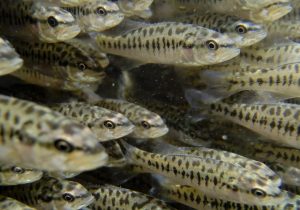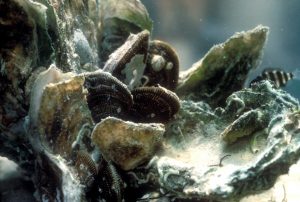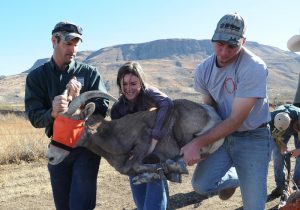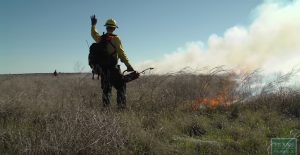Return of the Guadalupe Bass
Wednesday, June 19th, 2019This is Passport to Texas
Dang it! Was that a fish? Yes, He was right in that foam line!
Anglers like Courtney and Brandon Robinson love to fish for Guadalupe bass, named for the Guadalupe River.
Fish on! This is why I love catching Guads, they’re little fish, but they use the river to fight!
The Guadalupe is a stronghold stream for this lone star native, which the legislature dubbed the state fish of Texas in 1989. Decades ago, this little fish seemed destined for extinction. But today it’s coming back.
I want my kids to catch Guadalupe bass. And I want them to be able to do it in the same places that I do.
Chris Johnson leads guided fly-fishing trips. The beautiful rivers the bass live in have a growing army of passionate advocates working to keep these waters clean.
At end of the day, lovers will always work harder than workers. And if you love what you’re doing, and you love what you’re about, you love your fish, you love your water, you love your state, you love the ground that it flows through, then you’re going to fight to protect it.
Learn more about efforts to restore the Guadalupe Bass and preserve our rivers on our podcast Under the Texas Sky this July. Find it at underthetexassky.org, and wherever you get your podcasts.
The Sport Fish Restoration Program supports our series.
For Texas Parks and Wildlife…I’m Cecilia Nasti.







 Passport to Texas is a
Passport to Texas is a  Passport to Texas is made available by:
Passport to Texas is made available by: